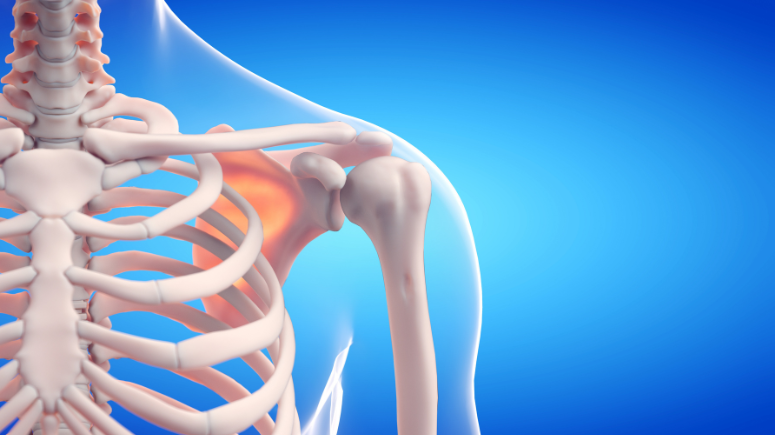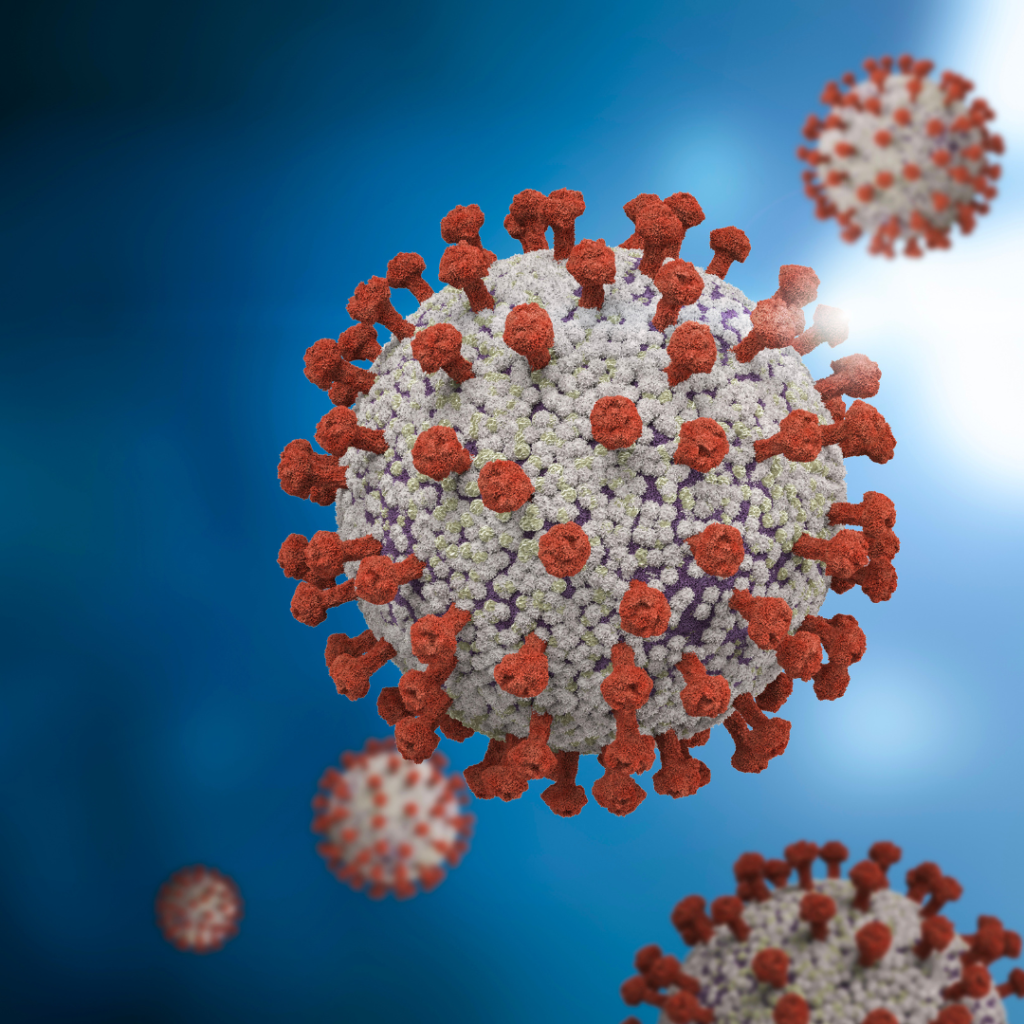Clinical Trials
Amorphical’s Clinical Trials
Explore Amorphical’s clinical trials highlighting the power of Israeli innovation and our patented amorphous minerals—backed by science and proven to
Hypoparathyroidism
Hypoparathyroidism is a rare medical condition caused by full or partial inability of the body to produce the parathyroid hormone
Improving Top Athletes` Performance
Improving top athletes’ performance is a critical issue that has been extensively studied.Many methods have been developed to achieve this
Bone Mass and Osteoporosis
A study conducted by Amorphical in this field compared the fractional absorption and bone-building activity of calcium between two groups
Cancer
Amorphical has performed two initial clinical studies in Meir4 and Hadassah5 hospitals. Both studies included terminal patients who had exhausted
COVID-19
Amorphical performed study aimed to establish the safety, tolerability, and efficacy of ACC, named AMOR-18, for treating hospitalized patients with
Bone Mass and Osteoporosis
A study conducted by Amorphical in this field compared the fractional absorption and bone-building activity of calcium between two groups of postmenopausal women, who were given identical doses of amorphous calcium carbonate (ACC) and crystalline calcium carbonate (CCC). CCC is currently the most common commercially available calcium supplement, and therefore serves as a baseline for comparison with other calcium supplements.
The results of this study show that fractional calcium absorption (FCA) from ACC is on average twice higher compared to CCC. We also found a significant negative correlation between the baseline FCA from CCC and the improved FCA from ACC. In other words, patients with low gastrointestinal absorption of calcium from CCC showed higher than the average improvement in FCA after administration of ACC. These findings support the hypothesis that ACC’s gastrointestinal absorption mechanism is different from what is conventionally known, which consists of the absorption of dissolved calcium ions through the intestine walls. 1
Similarly, in one of Amorphical’s preclinical studies that used ovariectomized rats as a model for prevention and treatment of osteoporosis, the calcium bioavailability was significantly increased in the animals treated with ACC compared to the CCC group.2 An examination of bone density and physical structure (femur and 4th lumbar vertebra) revealed that:
1. Bone mass density (BMD) was higher in the animals treated with ACC compared to CCC and untreated ones;
2. The bones of animals treated with ACC were better structured, and therefore stronger.
The findings of both these studies suggest that ACC’s high bioavailability (because of its different activity and absorption mechanisms) should help increase BMD.
Hypoparathyroidism
Hypoparathyroidism is a rare medical condition caused by full or partial inability of the body to produce the parathyroid hormone (PTH). This hormone regulates calcium absorption and use, and its deficiency leads to low blood calcium (hypocalcemia). Hypoparathyroidism is classified as an “orphan disease”, with about 200,000 patients, globally.
Because hypoparathyroidism is a chronic condition, people who have it must take daily calcium supplement in doses that can be remarkably high and reach up to 10,000 mg/day to maintain normal calcium concentration in the blood.
A clinical study conducted in Rambam Hospital included 9 patients, each on a different stable dose of calcium. In the course of the study, each patient’s calcium was gradually replaced with amorphous calcium carbonate (ACC). The final ACC dose was half of the patient’s previous dose of calcium, yet their blood calcium levels remained normal.3
The results of this study prove that the total daily dose of calcium can be reduced at least by half when using ACC compared to other calcium supplements. This can be explained by ACC’s exceptional solubility and bioavailability.
The results of the study have been submitted to the FDA, which gave its approval to continue clinical studies (Phase 2/3) in humans.
Cancer
Amorphical has performed two initial clinical studies in Meir4 and Hadassah5 hospitals. Both studies included terminal patients who had exhausted every available treatment option and had an estimated life expectancy of 1-3 months. Those patients were receiving no anti-cancer treatment, only palliative care to improve their quality of life. They were treated with sublingual ACC powder combined with ACC inhalation. Out of the 15 patients recruited in the two hospitals, 2 demonstrated a significant clinical improvement.
Study findings:
An 81-year-old male with advanced prostate cancer showed clinical remission, and a 74-year-old female with advanced colorectal cancer and metastases in the lungs demonstrated significant clinical improvement and returned to active life. The clinical improvement is manifested by increased blood oxidation and significant reduction of pains.
To conclude, 2 out of the 15 terminally-ill patients recruited for the studies in both sites have survived for over 2 years (as of April 2021). The study in Hadassah hospital is still open.
COVID-19
Amorphical performed study aimed to establish the safety, tolerability, and efficacy of ACC, named AMOR-18, for treating hospitalized patients with moderate-to severe SARS-CoV-2, administered as a combination of sublingual powder and inhaled suspensions alongside the best available treatment (BAT).
After a successful safety study with six patients in Stage 1, the double-blind study was performed on sixty patients that were randomized to the active and placebo arms with similar DOS severity.
The most significant outcome was the prevention of ICU transfer and death (0%) in the active arm compared to seven ICU transfers and three deaths in the placebo arm (23%; Fisher’s P=0.011).
The patient improvement rate was significantly higher in the ACC (93%; 90% CI=82- 98%) compared to the placebo arm (73%; 59-84) in the intention-to-treat sets. All patients in the active arm were discharged within 10 days from treatment initiation, and only one related adverse effect (constipation) was reported.
There were no significant differences in responses by age, gender, comorbidities, and vaccination status
Clinical Trial in Postmenopausal Women
Amorphical conducted a double-blinded, randomized, crossover interventional study to compare the bioavailability of ACC with that of CCC using the dual stable isotope technique.
The study was conducted in Tel Aviv Sourasky Medical Center, Israel.
The study population included 15 early postmenopausal women around age of 55 years with no history of major medical illness or metabolic bone disorder, excess calcium intake, or vitamin D deficiency.
Fractional calcium absorption (FCA) of ACC and CCC was calculated from the 24 hour urine ‐collection following calcium administration. The results indicated that FCA of ACC was doubled (+/- 0.96 SD) on average compared to that of CCC (p<0.02).
The study demonstrated the superior gastrointestinal bioavailability of synthetic amorphous calcium carbonate versus the crystalline form of calcium carbonate.
References
1 “A Randomized, Double-Blind, Crossover Bioavailability Study Comparing Amorphous Calcium Carbonate (ACC) Versus Crystalline Calcium Carbonate (CCC) Using Stable Calcium Isotopes In Postmenopausal Women”; ClinicalTrials.gov Identifier: NCT01338142; Study Principal Investigator: Prof. N. Vaisman, Ichilov Hospital, Tel Aviv, Israel.
https://clinicaltrials.gov/ct2/show/NCT01338142?term=Amorphical&cntry=IL&draw=2&rank=3
Published in the following article:
“Increased calcium absorption from synthetic stable amorphous calcium carbonate: double-blind randomized crossover clinical trial in postmenopausal women”, Vaisman N, Shaltiel G, Daniely M, Meiron OE, Shechter A, Abrams SA, Niv E, Shapira Y, Sagi A., J Bone Miner Res. 2014;29(10):2203-9.
2 “Bone loss prevention in ovariectomized rats using stable amorphous calcium carbonate”, Shaltiel, G., Bar-David, E., Meiron, O.E., Waltman, E., Shechter, A., Aflalo, E.D., Stepensky, D., Berman, A., Martin, B.R. & Weaver, C.M, Health 5, 18-29 (2013). Health
http://dx.doi.org/10.4236/health.2013.57A2003
3 “Comparing Amorphous Calcium Carbonate (ACC) Versus Crystalline Calcium Substance (CCS) in Hypoparathyroidism Patients”. ClinicalTrials.gov Identifier: NCT01815021; Study Principal Investigator: Prof. S. Ish-Shalom, Ramban Hospital, Haifa, Israel.
https://clinicaltrials.gov/ct2/show/NCT01815021?term=Amorphical&cntry=IL&draw=2&rank=1
4 “Improving Function, Welfare of Late-stage Cancer Subjects by ACC”; ClinicalTrials.gov Identifier: NCT03057314; Study Principal Investigator: Prof. M Gotfried, Meir Hospital, Kfar Saba, Israel
https://clinicaltrials.gov/ct2/show/NCT03057314?term=Amorphical&cntry=IL&draw=2&rank=5
5 “Effect of Amorphous Calcium Carbonate (ACC) Treatment on Function and Welfare Improvement in Late-stage Solid Cancer Subjects (With or Without Lung Involvement)”; ClinicalTrials.gov Identifier: NCT03582280; Study Principal Investigator: Prof. N. Hovav, Hadassah Hospital, Jerusalem, Israel
https://clinicaltrials.gov/ct2/show/NCT03582280?term=Amorphical&cntry=IL&draw=2&rank=4
Improving Top Athletes` Performance
Improving top athletes’ performance is a critical issue that has been extensively studied.
Many methods have been developed to achieve this goal. One option to improve athlete’s
performance is the consumption of nutritional and performance-enhancing ergogenic
supplements. Nutritional supplements are classified according to their degree of
effectiveness in performance improvement.
There are available supplements that contribute to improving performance by reversing
acidosis activities (increasing the blood pH) associated with intense sport activity that leads
to extensive need to generate ATP and causes enhanced release of CO2, both result in
increased the H+ concentration. Two supplements are commonly used to achieve
performance improvement by blood’s pH modulation: (a) sodium bicarbonate (NaHCO3),
which is an extracellular buffer; and (2) beta alanine (β-ALA), which increases the content of
the di-peptide carnosine inside the muscle cells (intracellularly), thus lowering the internal
acidity of cells. A combination of both supplements, compared to the consumption of each
of them alone was found to be more effective for enhanced performance. It is important to
realize that taking the high recommended doses of NaHCO3 recommended to athletes has
undesired side effects, such as nausea and unpleasant feeling in the gastrointestinal tract. It
also significantly increases the undesired consumption of sodium. The use of β-ALA requires
administration of the supplement for a long period to affect the performance and its efficacy
has been scientifically challanged.
Amorphical’s ACC is an excellent candidate to serve as a solid pH buffer (modulator) for
improving athletic performance. It has the potential to improve performance and accelerate
recovery from physical exertion. ACC has already found to be beneficial for top Israeli
athletes that had suffered bone and muscle injuries and chronic inflammations. They have
also reported rapid return to intense practices, followed by personal record breaking.
A designed study is currently performed with an aim to examine the effect ACC, sublingually
administered several days prior to performing the globally-recognized Wingate Test (WAnT),
in which the following variables are measured: maximum and average power, fatigue index,
and recovery from the short but intense cycling effort. The latter assessment includes
measuring the rate (kinetics) of clearing the high levels of lactate in the blood, generated
during the intense exercise.
1. “Examination of Amorphous Calcium Carbonate on the Inflammatory and
Muscle Damage Response in Experienced Resistance Trained Individuals“
Jay R. Hoffman , Tavor Ben-Zeev, Amit Zamir , Chagai Levi and Ishay Ostfeld
2. “The Effects of Amorphous Calcium Carbonate (ACC) Supplementation on
Resistance Exercise Performance in Women”
Yitzhak Weinstein , Yarden Ovadia , Bar Weinstein and Ayelet Weinstein





